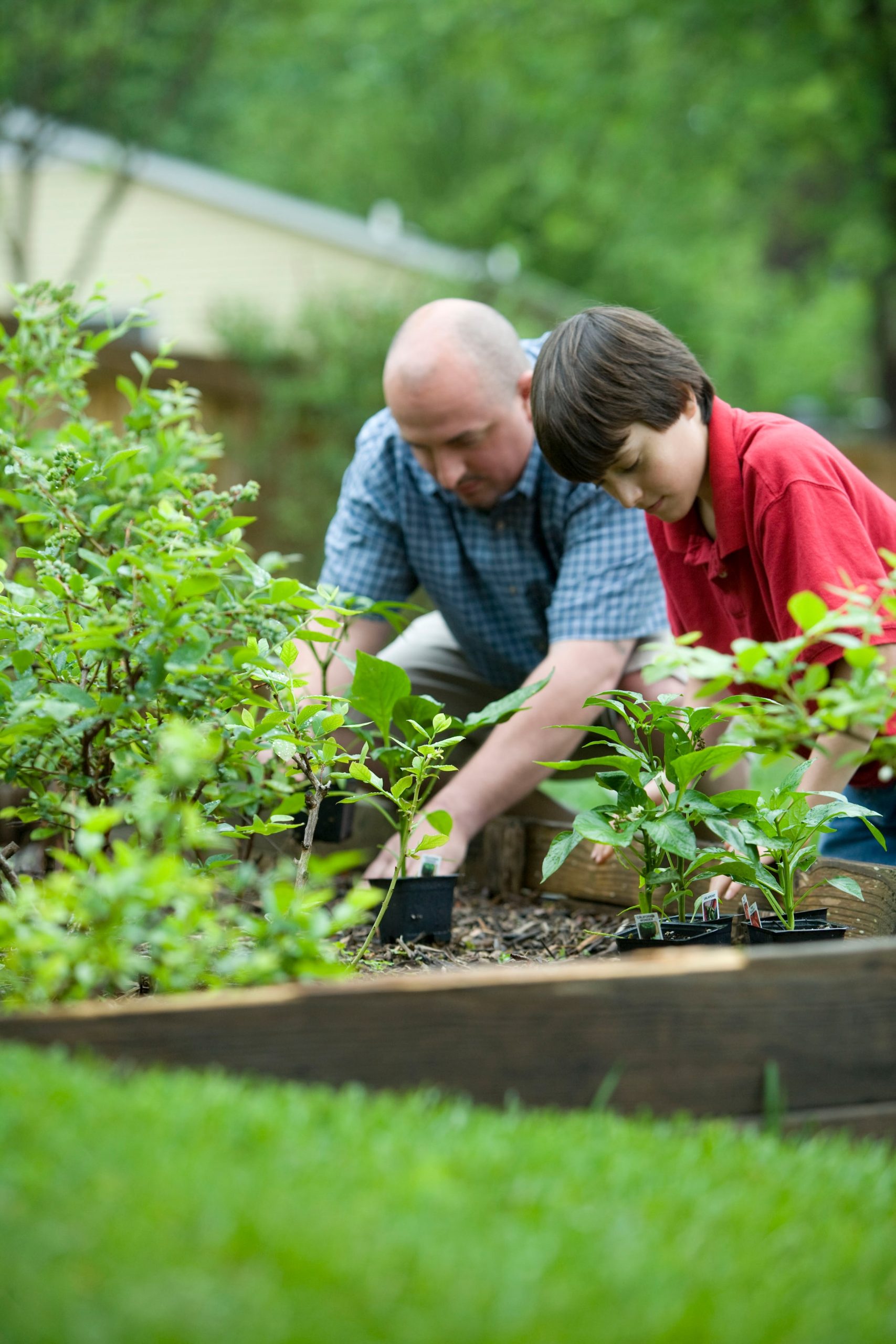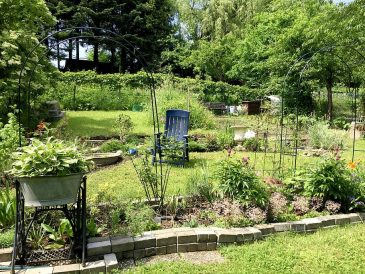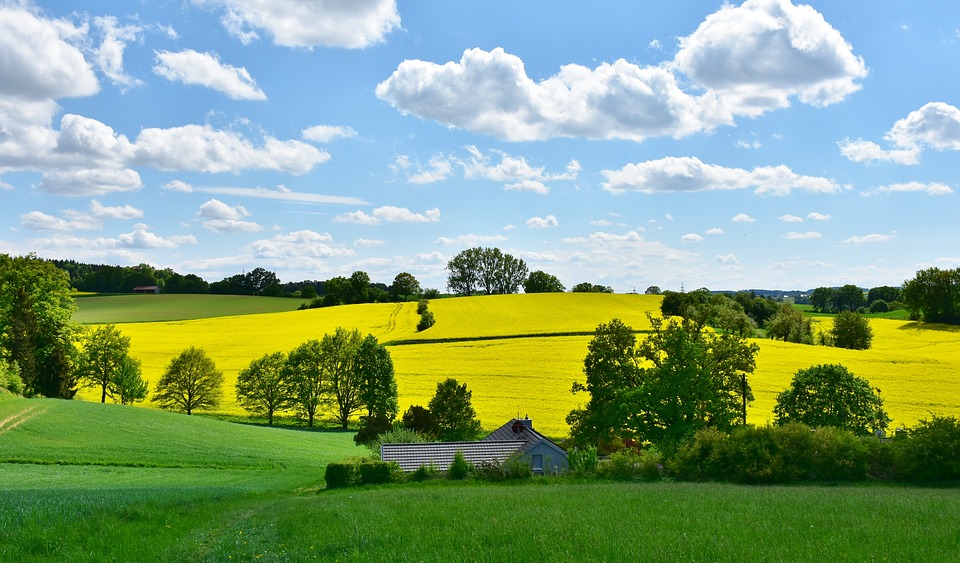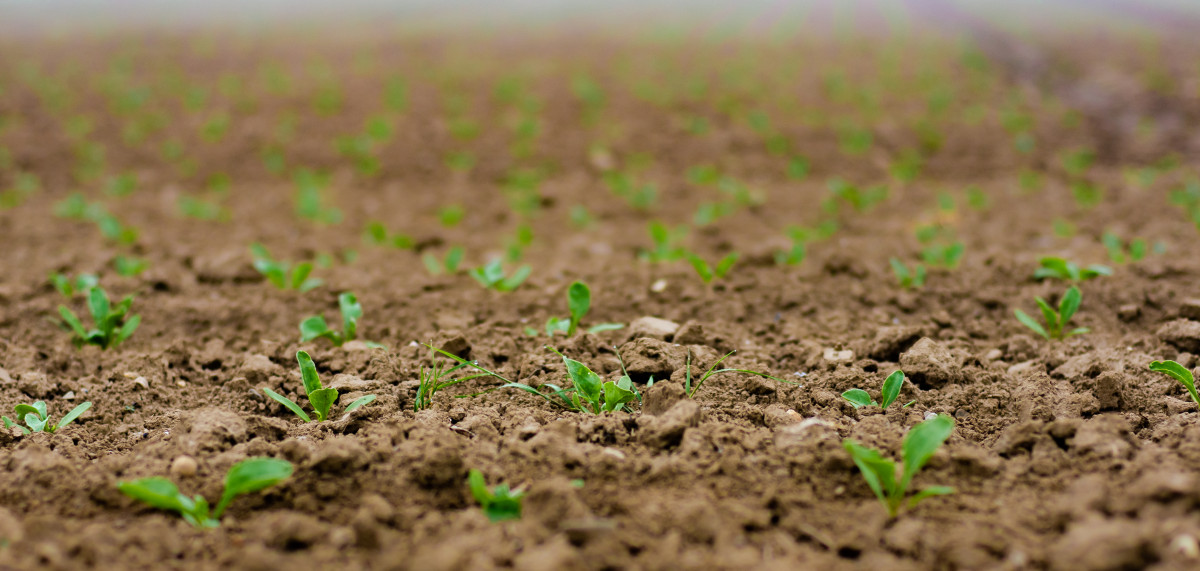What’s the secret to raising healthy, carefree vegetables and flowers? Great soil. Upon first glance, a garden may appear to be the perfect picture of health. However, further examination may reveal that the garden isn’t all that it seems, and perhaps that healthy facade is artificially manufactured. Chemical fertilizers and an abundance of water may temporarily boost a garden’s appearance, but gardens need more than a rapid fix to maintain long-term health.
How can you tell if your soil has what plants need? By merely carrying out a soil test! When you send a soil sample to a lab, you’ll surely get a detailed analysis of soil nutrients and find out about deficiencies. That’s valuable information but can sometimes cost some bucks. The good news is that you can test your soil using quite simple methods, which cost nothing! And the only items you need are a few basic tools commonly found around the house.
You can perform these hands-on experiments as soon as the ground is thawed enough to sink in a spade. Knowing more about your particular corner of the earth only takes a few minutes but gives you insights that set the stage for your most bountiful harvest. We recommend to thoroughly look over the following during the active growing weeks in spring, but you can test for soil structure and tilth, compaction, and plant residue year-round. Check various locations in the garden for the broadest picture possible. The more details you have, the more accurate and reliable the results.
#1. Yucky Earthworms
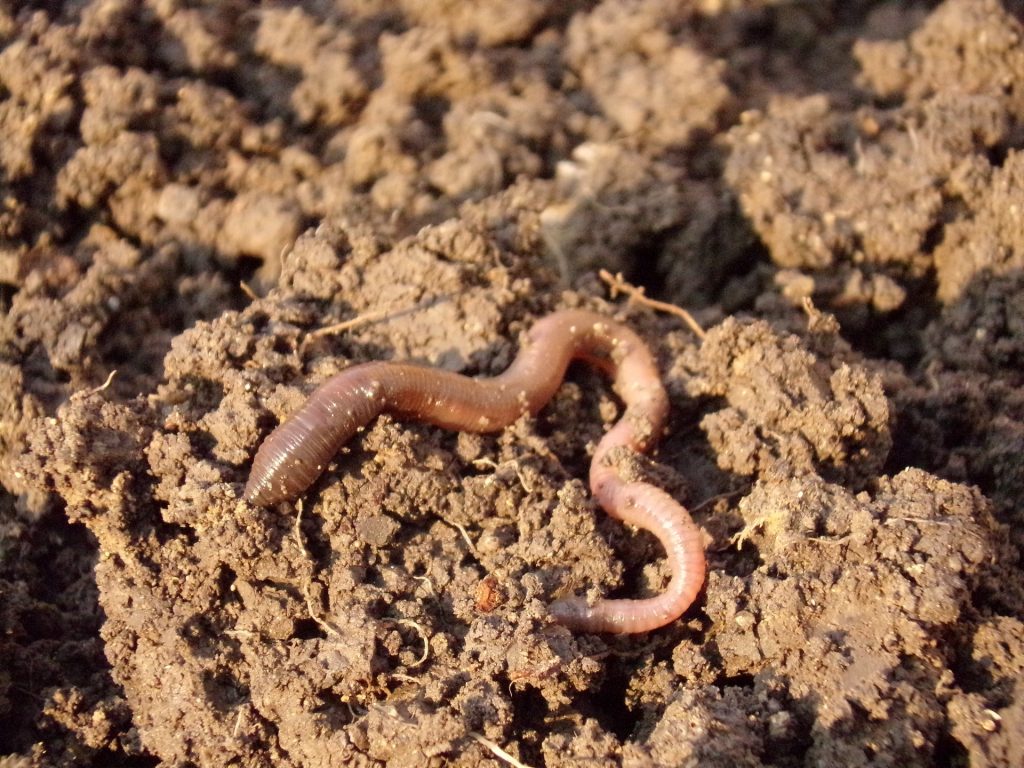
#2. Pretty Flowers
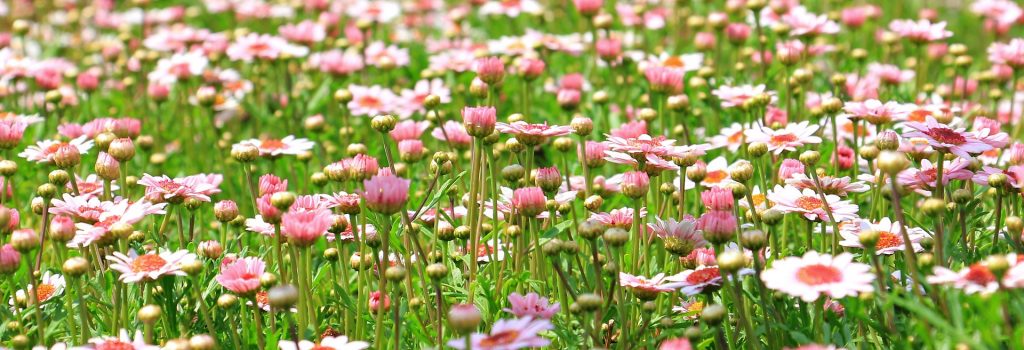
#3. Plant Residue
The presence of stubble or leftover plant particles from previous plantings helps the soil retain moisture and suppress weeds. This material also can prevent erosion. It’s good to have some residual plant matter in your land. If the soil is too “clean,” it may not be as healthy as you think. If you’ve grown a cover crop, dig down 6 inches one month after turning it into the soil and then look for plant matter. The range of organic material is essential to notice here. The presence of recognizable plant parts, as well as plant fibers and darkly colored humus, indicates an ideal decomposition rate.#4. Foliage Color and Growth
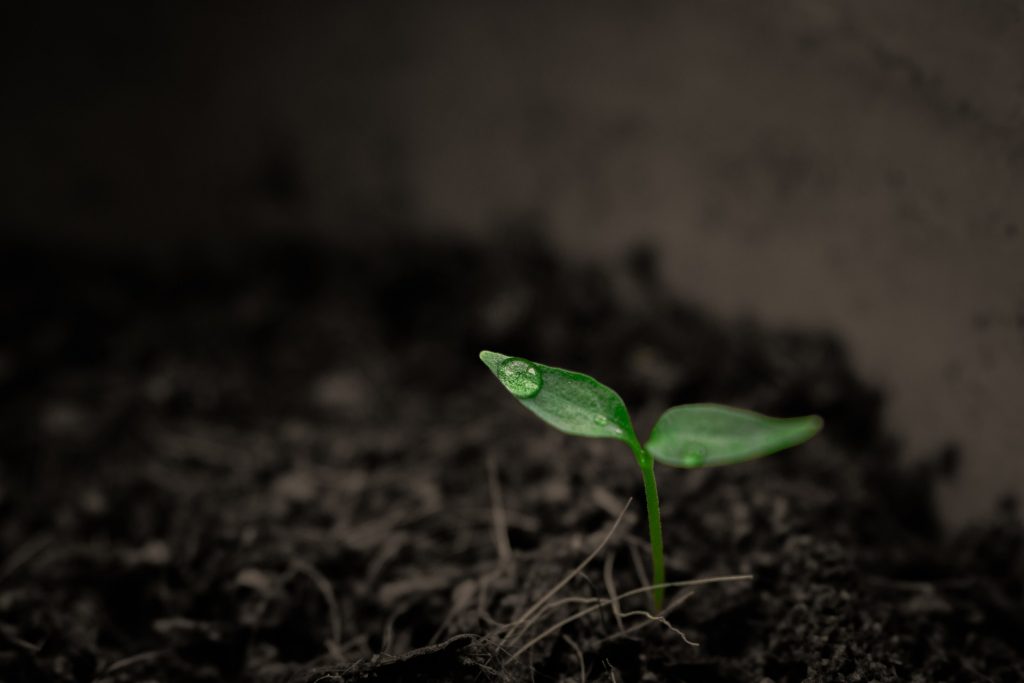
#5. Water Infiltration
Take a glass of water and pour it onto the soil of the garden. If it takes five seconds or less for the land to absorb the water, then that soil is probably doing well. Good infiltration gets water to plants where they need it (at their roots), prevents runoff and erosion, and lets air move more efficiently into soil pores. However, soil that can’t soak up that water may be having problems, or there may be problems on the horizon. Those problems will likely manifest themselves when the temperatures begin to rise.What to Do if Your Soil Is Contaminated?


